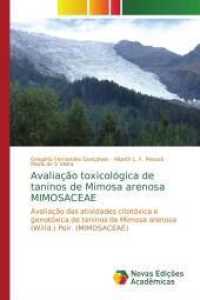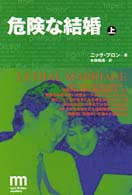- ホーム
- > 洋書
- > ドイツ書
- > Social Sciences, Jurisprudence & Economy
- > Politics, Society, Work
- > miscellaneous
Full Description
This book looks at the way the 2020 Second Nagorno Karabakh War allowed urban spectacular transformation in war actors' attitudes towards space and transnationalism.








